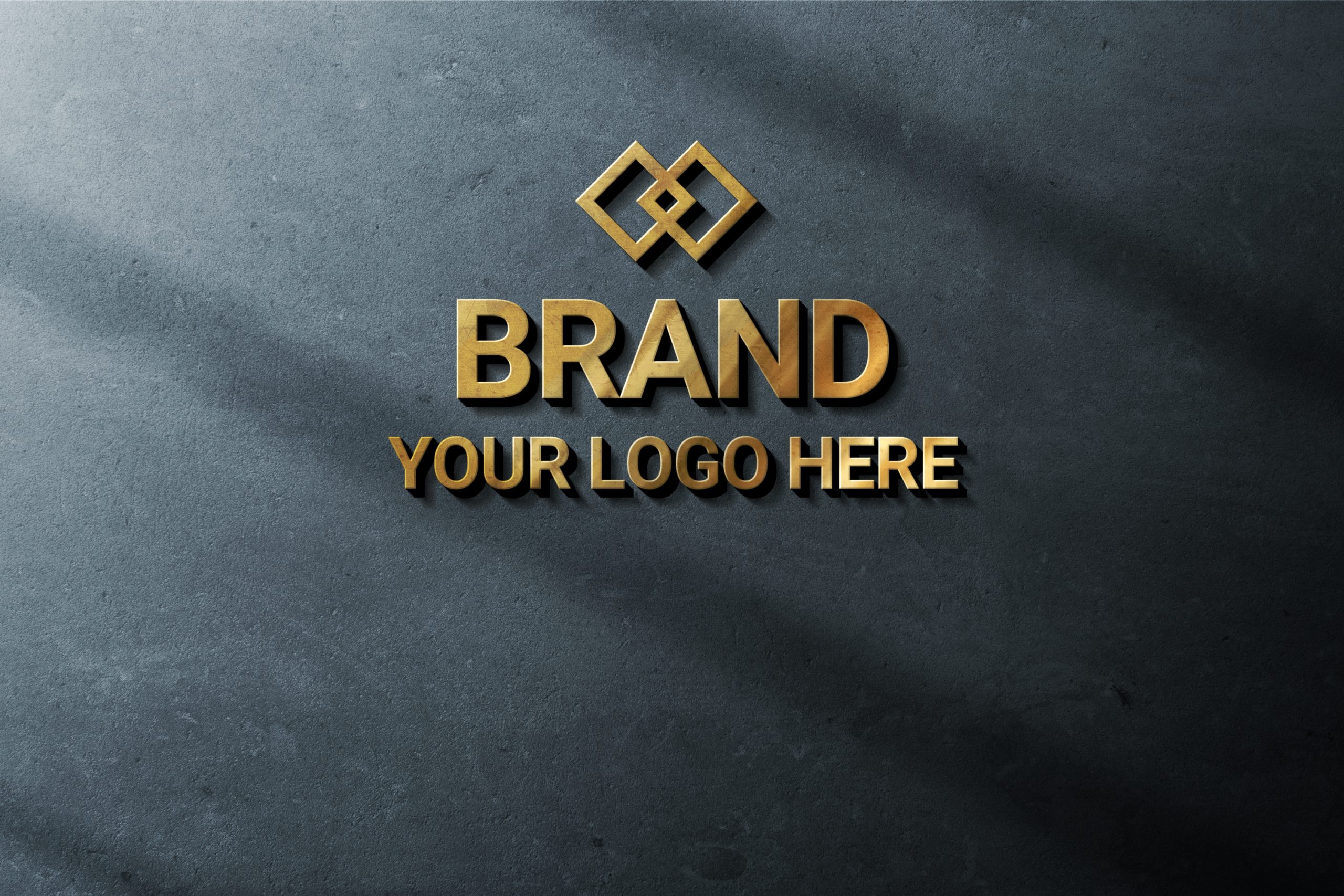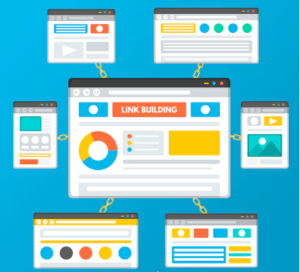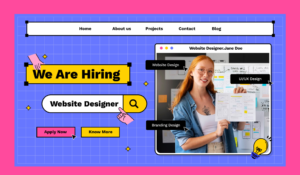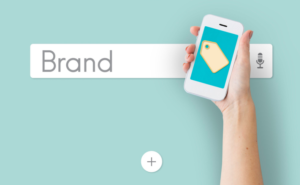When you see the Coca-Cola logo, what is the very first thought that comes to mind? Their fonts and color scheme of red and white were meant to show passion, youth, energy, love, purity, and class. And that might explain why it is more appealing to young people.
If you are looking to get your logo right like Coca-Cola, or looking to redesign an existing one, there are a few things to consider.
We can all agree that a logo plays a major role in how customers perceive your brand. Every brand needs one, and not just any logo, but one that is very memorable and can invoke emotions. And while creating such a logo may appear simple, designing a great one is not always simple. You need to do a lot of research on the market, know your buyer personas, and think carefully about logo design principles. Designers even sometimes find themselves going through different variations of a single logo before getting it right.
But if you’d rather do it yourself, you do not need to be a designer to know how to design your logo. Here’s a step-by-step guide to creating the logo that your customers will love.
Step 1: It begins with your story
You formed your company to make money—not the most poetic story, but it is one you must begin with. And to run a successful business, you must be able to sell yourself as well as your product. Marketers today generally agree that buyers connect much more strongly to stories than they do to basic product facts. What does this mean to you? Your logo should have a story behind it.
The first thing to do before you even consider what this logo will look like is to ask yourself: What is the story behind my company? When you think of popular brands, what do you see? For example Apple, we think of elegance, and efficiency, not a phone, laptop, or AirPods.
Step away from what your company does and explain why you do it. The “why” of your story should be reflected in the color, shape, and typeface of your logo. What would your logo look like if it were the title of a movie?
Step 2: Create a list of keywords that best describe your brand
Now that you have your story, you can move your logo draft from story to setting. Search for the term that best describes your product or service, then look for the synonyms of that word.
If you work in the shoe industry, for example, you could type in “shoes.” Take note of all the descriptiveness of the synonyms that appear; they will astound you. You can even use these results to launch new searches and dig deeper as you find the words that best represent your brand.
From the list of synonyms researched, select five to ten words that not only describe what you do but also the why of what you do. Each of these words can fit together to help you refine your concept.
Step 3: Sketch concepts inspired by these words
Grab a pencil and paper and begin sketching every idea that comes to mind. Allow your why and a few keywords to guide you as you sketch, allowing each new idea to emerge on its own. Don’t be discouraged if the first few sketches aren’t perfect; keep refining and using previous sketches to influence the outcome of new ones. A shape, your brand’s name, or both can be the basis of your sketch.
Step 4: Consider colors and shapes
Keep these in mind as you sketch ideas for your logo
Colors:
Colors can be your best friend or your worst nightmare. Your logo needs colors, but you need to be selective about which colors you use. Consider the current color trends that are being used today and in your target market. As a rule of thumb, no more than three colors should be used. Choose a color or colors that will help you stand out from the crowd. But, for the love of marketing, please don’t use the entire palette!
Shapes:
Maintain a simple shape. You’re in good shape if you can sketch the most symbolic components in 7 seconds or less. You should absolutely avoid using popular clipart artwork or generic symbols such as a globe, a star, or other icons that people can easily recognize from other places. At first glance, such logos are easily overlooked. The more inventive you are at this point, the better your final logo will be. What your customers will remember the most is your logo. Be truthful in your artwork.
Step 5: Use your buyer persona to put your top sketches to the test
After you’ve completed a few different sketches on paper, take a step back and select the top three concepts. Don’t overanalyze it; simply select the designs that keep catching your eye and show them to others.
Share these drafts with trusted friends, family members, and colleagues. Show these sketches to someone who best fits your buyer persona. This is the best way to get feedback on your art because it can tell you how customers, not just people you know, will feel about your brand.
Prepare for candid feedback and refuse to take negative comments personally. These criticisms will only improve your final logo. Select one final concept to develop into a design based on their feedback.
Step 6: Fine-tune your selected sketch
Congratulations, You’re on your way to having a fantastic logo! Once you’ve decided on a sketch to work with, it’s time to optimize it and finish the story.
Look back at the terms you identified in Step 2 at the start of refining your logo. Examine your chosen sketch and consider which terms it does not yet capture. Use them to refine your sketch and add back the characteristics you liked best about the designs you didn’t end up choosing.
Step 7: Create the layout of your logo using a free design platform.
It’s time to get technical and convert your paper drawing to a digital format. There are many free design platforms that you can use to convert your sketch into digital format and bring it to life.
The platforms mentioned above can assist you in digitizing your sketched logo, but bringing your concept to life for a business audience requires some technical guidance. The layout is one of the most important aspects to get right. Check that all of your text and shapes are evenly spaced and that the logo is aligned with its surroundings.
It is not necessary for your logo to be symmetrical, but it should be aligned in different contexts. Chances are, your logo will be placed against various vertical and horizontal borders, and it should appear even with these surroundings no matter how you repurpose your logo or where you publish it.
Step 8: Choose colors that are versatile
Your logo’s color scheme may look great against the color of the canvas on which it was designed, but it will eventually be placed on backgrounds whose colors you did not choose.
Let’s consider Cola-cola’s logo for instance. Their logo can be used on any colored background, and over the years even though the company has modified its logo.
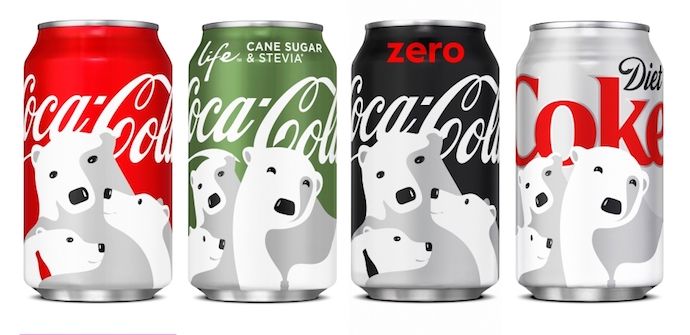
Always keep logo color variations for both dark and light backgrounds on hand. That could mean only changing the color of your font. In some situations, you may have to change the color of your logo as a whole.
Make one of each choice so you’re ready when you want to order promotional products with your logo on them. T-shirts, stickers, notepads, and coffee mugs are just a few of the many items on which your logo will be available in various color variations.
Step 9: Select a font
This is the time to incorporate text and imagery. If the sketch you selected is primarily a shape or symbol rather than a text, then you will need to incorporate your company’s written name. Consider the typeface this text will use if your company name is ever used without the symbol.
Believe it or not, the font you use can reveal a lot about your company. You can select a font that is serif (with stems on each letter) or sans serif (no stems), also known as classic or modern.
Avoid using the generic fonts that come with every word processor. Times New Roman, Lucida Handwriting, and Comic Sans are examples of generic fonts. These fonts will only serve to make you and your company less memorable.
Step 10: Consider scalability
Logos are meant to represent your business in print, on your website, and on each of your business’s social media pages as it grows. You want a logo that can be supersized for a billboard but also scaled down for screening on the side of a pen.
Regardless of the size of your logo, every part of it should be legible.
Final thoughts
We understand that this may appear to be a daunting task, but take your time and don’t rush.
But if you’re actually looking to build your brand’s visual identity and need help, we’re here to help. At Branbloc, we give you a logo design that aligns with your brand image and sells your products and services without trading off your unique story. Leave us a message at [email protected] to get started.

